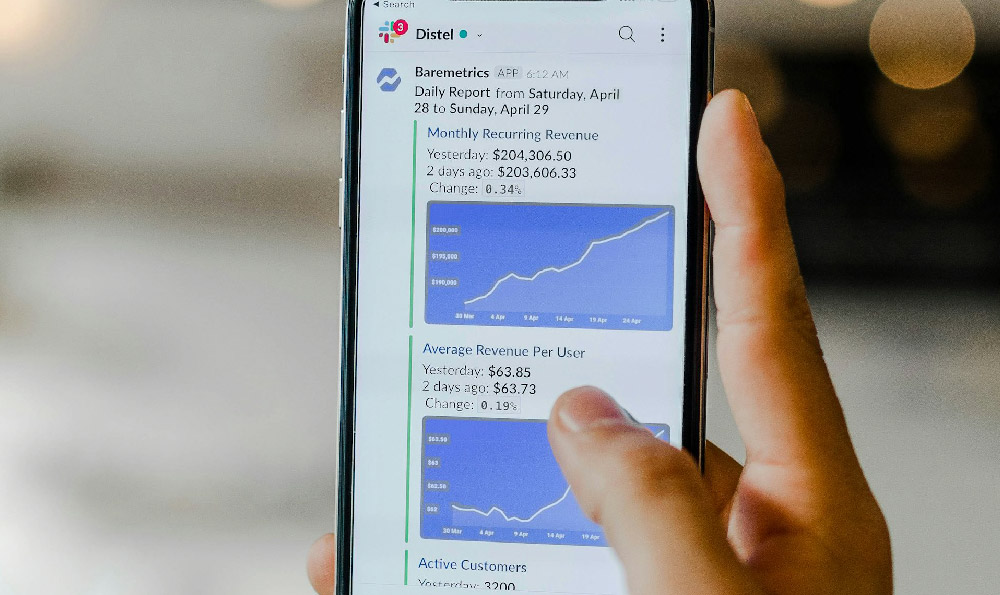How does Telegram earn revenue, and what is its monetization strategy?
Okay, I'm ready. Here's an article exploring Telegram's revenue streams and monetization strategies:
Telegram, the popular messaging app known for its strong emphasis on privacy, security, and a vast ecosystem of channels and bots, has long operated without a clear, defined path to profitability. Founded by the Durov brothers, Nikolai and Pavel, the platform initially relied on Pavel Durov's personal wealth to sustain its operations. However, with a user base that has swelled to hundreds of millions globally, maintaining a free and feature-rich service demands a sustainable revenue model. Unlike some of its competitors who aggressively monetize user data through targeted advertising, Telegram has navigated a more cautious and nuanced approach, prioritizing user experience and privacy above all else.
For years, the burning question surrounding Telegram revolved around its financial viability. Early pledges from Pavel Durov to fund the platform indefinitely provided some reassurance, but long-term sustainability required a more concrete plan. The challenge lies in finding monetization methods that don't alienate its dedicated user base or compromise the very principles upon which the platform was built. Invasive advertising, data mining, and the imposition of restrictive features were all considered unacceptable routes. Telegram's stance was clear: monetization should enhance, not detract from, the user experience.

The first serious attempt at monetization came with the introduction of the Telegram Open Network (TON), a blockchain platform with its own cryptocurrency, Gram. The ambitious project aimed to integrate cryptocurrency payments and decentralized applications seamlessly within the Telegram ecosystem. However, TON faced significant regulatory hurdles, particularly from the U.S. Securities and Exchange Commission (SEC), which deemed the Gram token offering an unregistered security. After a protracted legal battle, Telegram ultimately abandoned the TON project, returning funds to investors and incurring significant financial losses. While the TON experiment ultimately failed to achieve its intended goal, it provided valuable lessons and insights into the potential of blockchain technology within the messaging platform. It also highlighted the inherent difficulties in navigating the complex and often unpredictable landscape of cryptocurrency regulation.
Following the TON setback, Telegram re-evaluated its monetization strategy, focusing on a more phased and user-centric approach. The core strategy involves introducing premium features and services targeted towards businesses and power users, while maintaining the free, core functionality for the vast majority of its users. This tiered approach allows Telegram to generate revenue without compromising the user experience for those who don't require advanced features.
One key component of Telegram's current monetization strategy is Telegram Premium. This subscription service offers users a range of enhanced features, including doubled limits on channels followed and pinned chats, faster download speeds, voice-to-text conversion, exclusive stickers and reactions, advanced chat management tools, and the ability to disable sponsored messages in public channels. The subscription fee provides users with an enhanced Telegram experience while contributing to the platform's overall financial health. Importantly, the availability of Premium features is not solely dependent on paying for the service; some functionalities, like reacting with premium emojis, are available to all users when interacting with Premium subscribers. This creates a network effect, incentivizing subscriptions while simultaneously offering some benefits to the free user base.
Another significant revenue stream for Telegram comes from its advertising platform. Telegram Ads are displayed in large, public channels with a substantial reach. Unlike the intrusive and personalized advertising prevalent on many other social media platforms, Telegram Ads are contextually relevant and privacy-focused. They are based on the topic of the channel in which they appear, rather than on individual user data. This approach allows Telegram to generate revenue from advertising without compromising its commitment to user privacy. Furthermore, Telegram Ads are designed to be unobtrusive and easily dismissible, minimizing disruption to the user experience. The minimum budget requirements for advertisers are also substantial, typically targeting larger businesses and organizations with significant marketing budgets.
Beyond Telegram Premium and advertising, the platform is also exploring other potential revenue streams. One area of focus is the development of custom stickers and emojis that creators can sell through the platform. This provides a way for artists and developers to monetize their creations while adding value to the Telegram ecosystem. In addition, Telegram is exploring the possibility of offering enterprise solutions for businesses that require advanced features and dedicated support. This could include customized bots, enhanced security features, and priority customer support.
The success of Telegram's monetization strategy hinges on its ability to balance revenue generation with its core values of privacy, security, and user experience. The platform's leadership understands that any monetization efforts that alienate its user base or compromise its principles could ultimately backfire. Therefore, Telegram is committed to a gradual and iterative approach, carefully monitoring user feedback and adapting its strategy as needed.
Looking ahead, Telegram's future revenue prospects appear promising. With a large and engaged user base, a growing suite of premium features, and a commitment to privacy-focused advertising, the platform is well-positioned to achieve long-term financial sustainability. The introduction of Telegram Premium has been a significant step in this direction, providing a valuable service for power users while generating a reliable stream of revenue. As Telegram continues to innovate and develop new features, it is likely to explore additional monetization opportunities that align with its core values and enhance the user experience. The key will be to maintain a delicate balance, ensuring that monetization efforts are sustainable and contribute to the long-term growth and success of the platform. The journey to profitability is a marathon, not a sprint, and Telegram appears to be taking a measured and strategic approach to ensure its long-term viability in the competitive messaging landscape.















